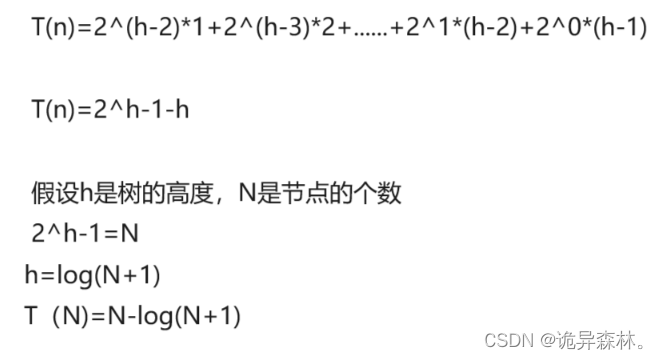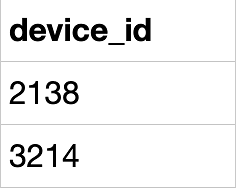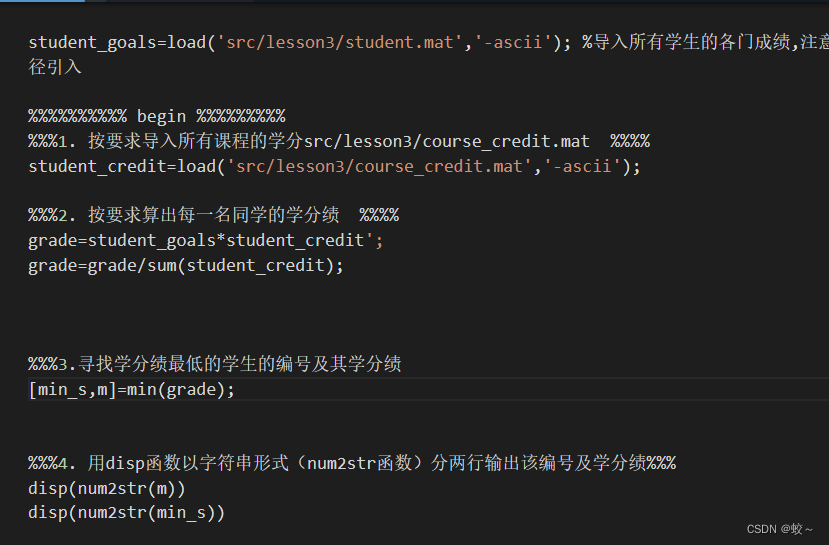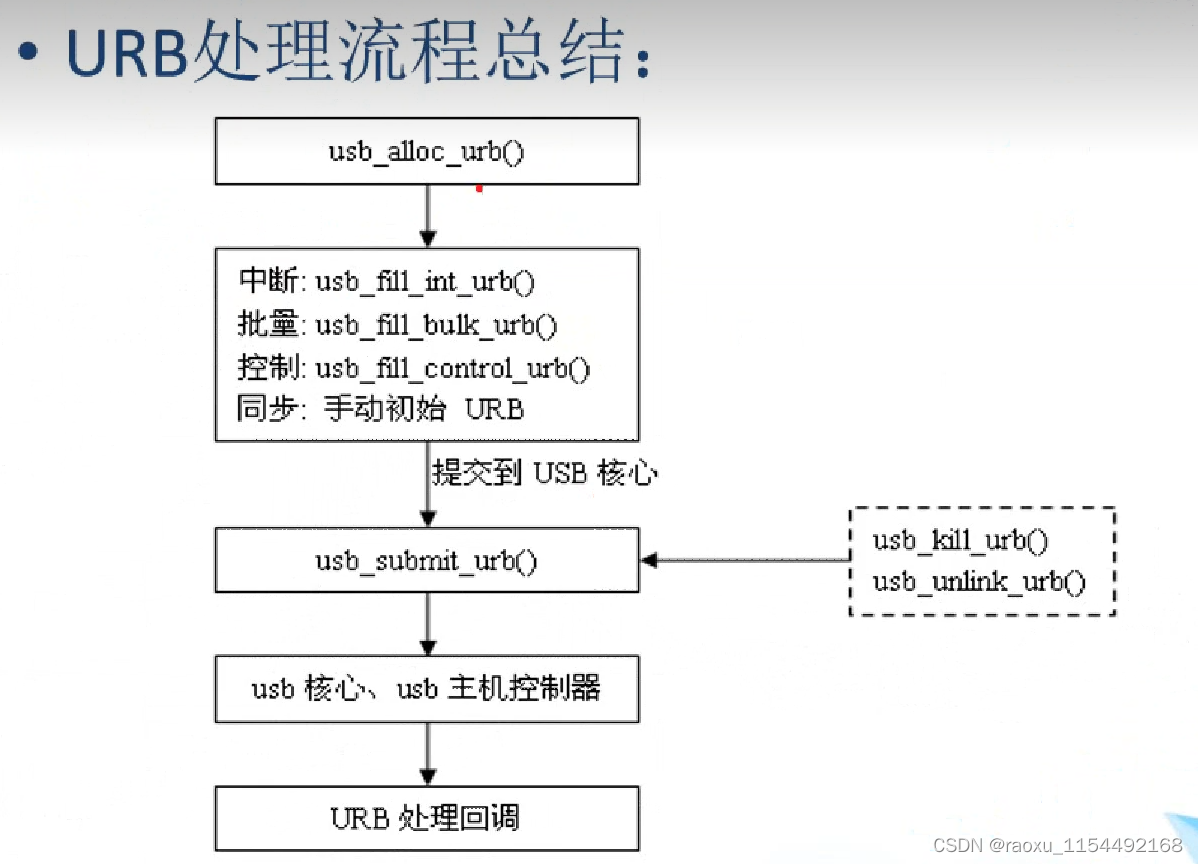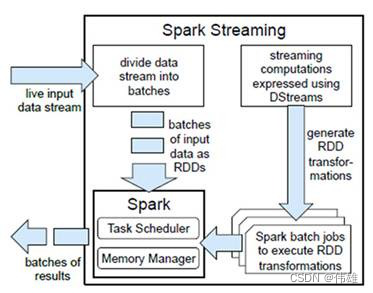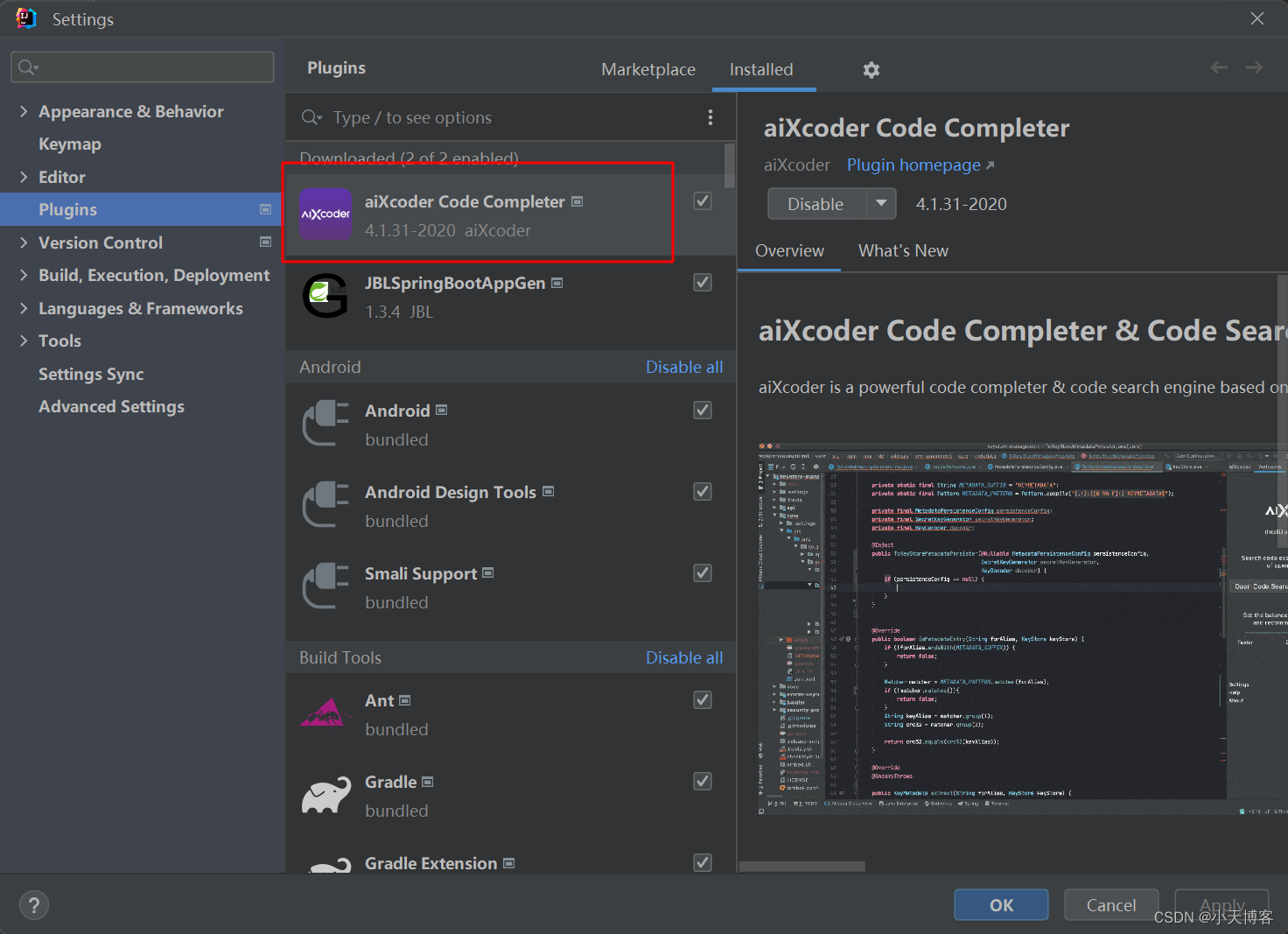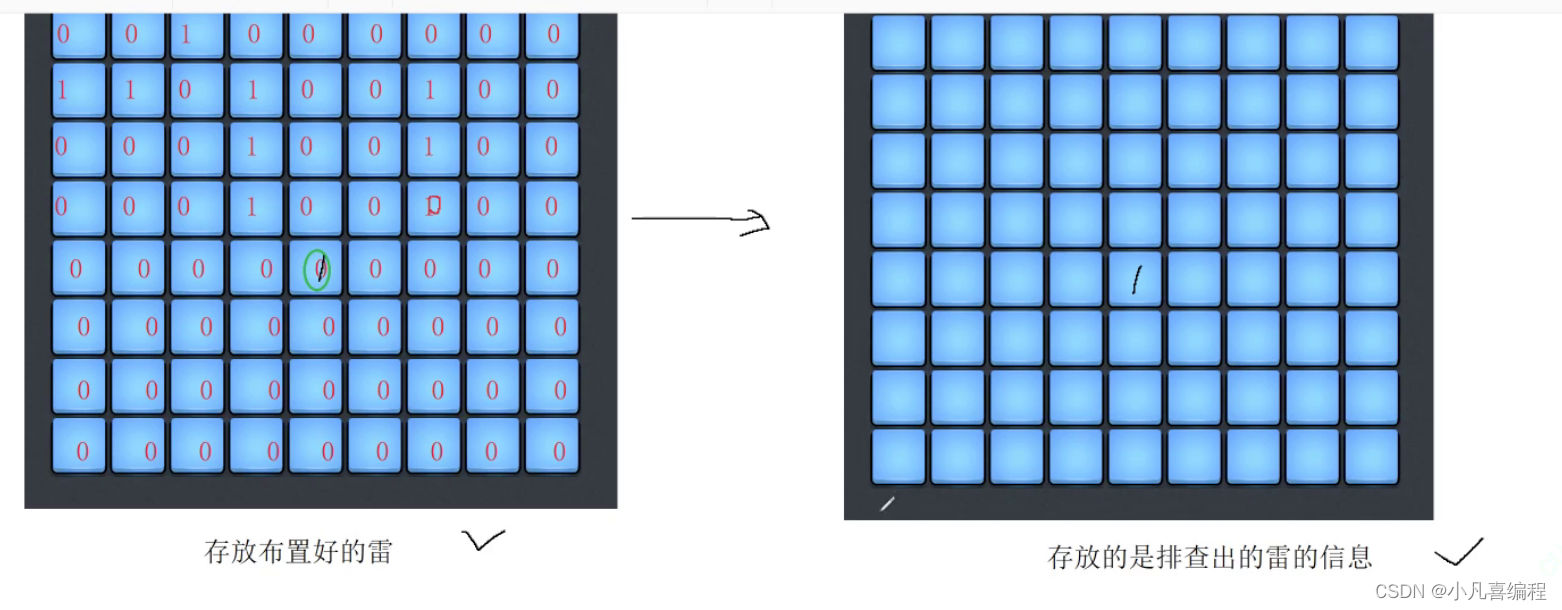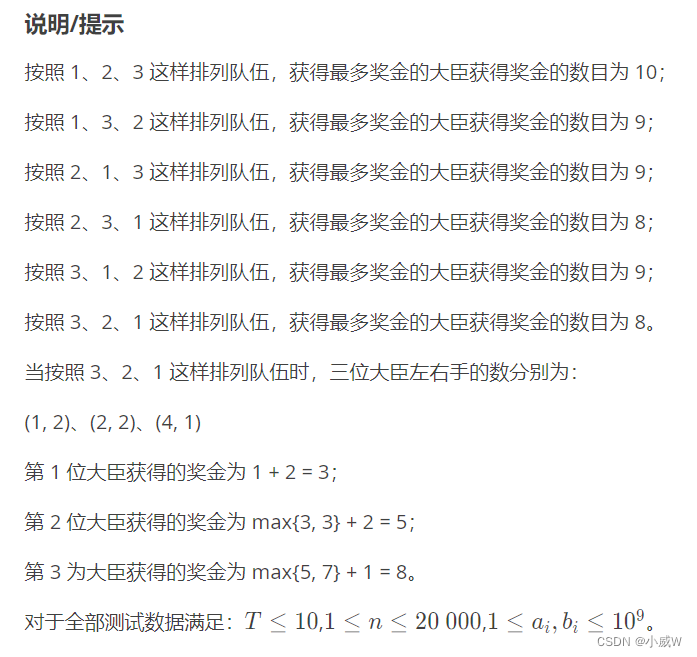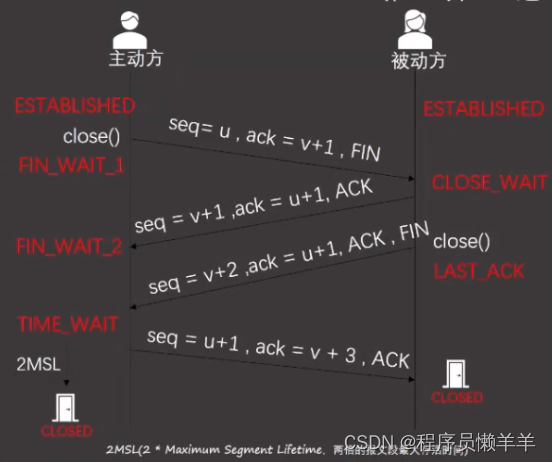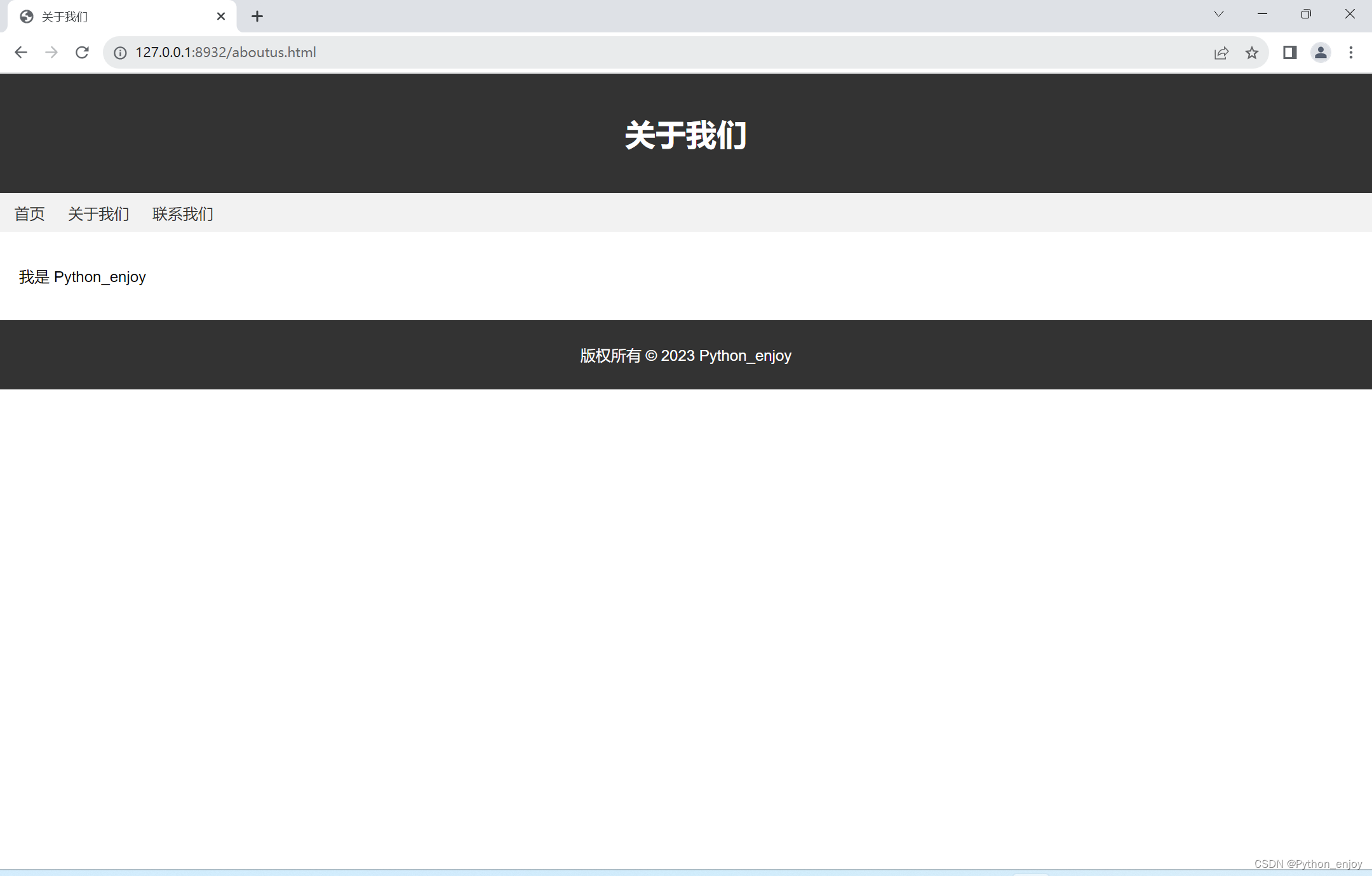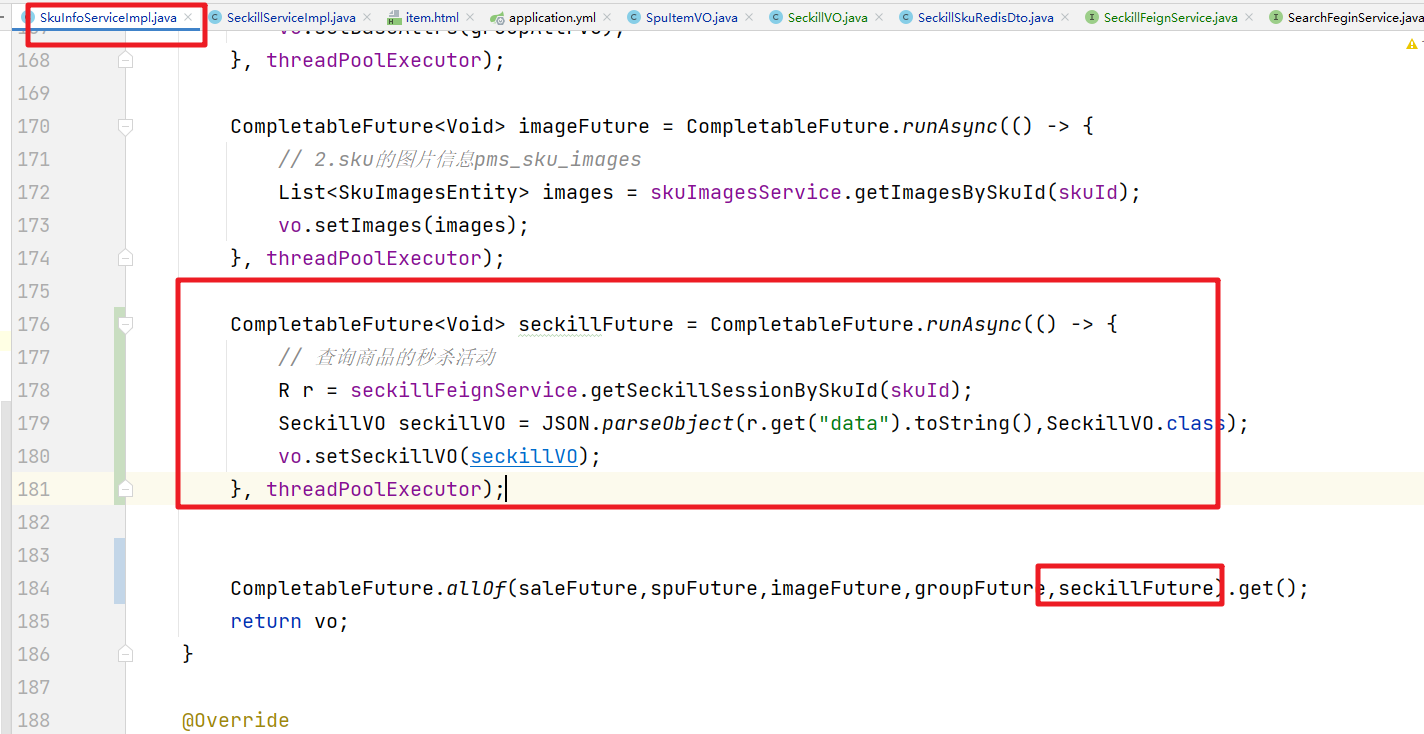
算法基本流程如下:
1. 采集音乐库

2. 音乐指纹采集

3. 采用局部最大值作为特征点
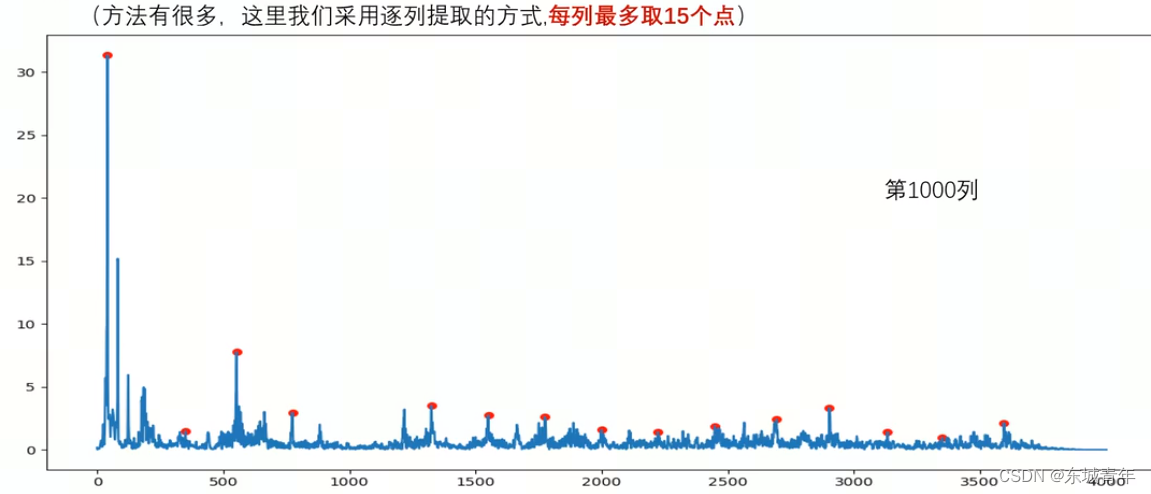
4. 将临近的特征点进行组合形成特征点对
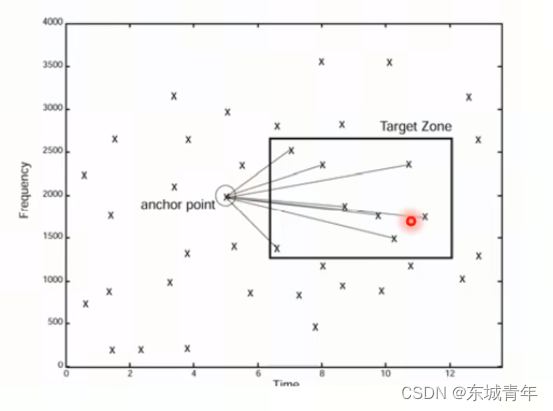
5. 对每个特征点对进行hash编码
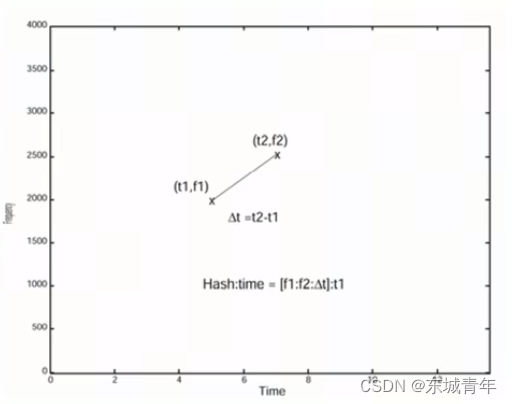
编码过程:将f1和f2进行10bit量化,其余bit用来存储时间偏移合集形成32bit的hash码
Hash = f1|f2<<10|diff_t<<20,存储信息(t1,Hash)

实现:
import numpy as np
import librosa
from scipy import signal
import pickle
import osfix_rate = 16000
win_length_seconds = 0.5
frequency_bits = 10
num_peaks = 15
# 构造歌曲名与歌曲id之间的映射字典
def song_collect(base_path):
index = 0
dic_idx2song = {}
for roots, dirs, files in os.walk(base_path):
for file in files:
if file.endswith(('.mp3', '.wav')):
file_song = os.path.join(roots, file)
dic_idx2song[index] = file_song
index += 1
return dic_idx2song
# 提取局部最大特征点
def collect_map(y, fs, win_length_seconds=0.5, num_peaks=15):
win_length = int(win_length_seconds * fs)
hop_length = int(win_length // 2)
S = librosa.stft(y, n_fft=win_length, win_length=win_length, hop_length=hop_length)
S = np.abs(S) # 获取频谱图
D, T = np.shape(S)
constellation_map = []
for i in range(T):
spectrum = S[:, i]
peaks_index, props = signal.find_peaks(spectrum, prominence=0, distance=200)
# 根据显著性进行排序
n_peaks= min(num_peaks, len(peaks_index))
largest_peaks_index = np.argpartition(props['prominences'], -n_peaks)[-n_peaks:]
for peak_index in peaks_index[largest_peaks_index]:
frequency = fs / win_length * peak_index
# 保存局部最大值点的时-频信息
constellation_map.append([i, frequency])
return constellation_map
# 进行Hash编码
def create_hash(constellation_map, fs, frequency_bits=10, song_id=None):
upper_frequency = fs / 2
hashes = {}
for idx, (time, freq) in enumerate(constellation_map):
for other_time, other_freq in constellation_map[idx: idx + 100]: # 从邻近的100个点中找点对
diff = int(other_time - time)
if diff <= 1 or diff > 10: # 在一定时间范围内找点对
continue
freq_binned = int(freq / upper_frequency * (2 ** frequency_bits))
other_freq_binned = int(other_freq / upper_frequency * (2 ** frequency_bits))
hash = int(freq_binned) | (int(other_freq) << 10) | (int(diff) << 20)
hashes[hash] = (time, song_id)
return hashes特征提取:feature_collect.py
# 获取数据库中所有音乐
path_music = 'data'
current_path = os.getcwd()
path_songs = os.path.join(current_path, path_music)
dic_idx2song = song_collect(path_songs)
# 对每条音乐进行特征提取
database = {}
for song_id in dic_idx2song.keys():
file = dic_idx2song[song_id]
print("collect info of file", file)
# 读取音乐
y, fs = librosa.load(file, sr=fix_rate)
# 提取特征对
constellation_map = collect_map(y, fs, win_length_seconds=win_length_seconds, num_peaks=num_peaks)
# 获取hash值
hashes = create_hash(constellation_map, fs, frequency_bits=frequency_bits, song_id=song_id)
# 把hash信息填充入数据库
for hash, time_index_pair in hashes.items():
if hash not in database:
database[hash] = []
database[hash].append(time_index_pair)
# 对数据进行保存
with open('database.pickle', 'wb') as db:
pickle.dump(database, db, pickle.HIGHEST_PROTOCOL)
with open('song_index.pickle', 'wb') as songs:
pickle.dump(dic_idx2song, songs, pickle.HIGHEST_PROTOCOL)# 加载数据库
database = pickle.load(open('database.pickle', 'rb'))
dic_idx2song = pickle.load(open('song_index.pickle', 'rb'))
print(len(database))
# 检索过程
def getscores(y, fs, database):
# 对检索语音提取hash
constellation_map = collect_map(y, fs)
hashes = create_hash(constellation_map, fs, frequency_bits=10, song_id=None)
# 获取与数据库中每首歌的hash匹配
matches_per_song = {}
for hash, (sample_time, _) in hashes.items():
if hash in database:
maching_occurences = database[hash]
for source_time, song_index in maching_occurences:
if song_index not in matches_per_song:
matches_per_song[song_index] = []
matches_per_song[song_index].append((hash, sample_time, source_time))
scores = {}
# 对于匹配的hash,计算测试样本时间和数据库中样本时间的偏差
for song_index, matches in matches_per_song.items():
# scores[song_index] = len(matches)
song_scores_by_offset = {}
# 对相同的时间偏差进行累计
for hash, sample_time, source_time in matches:
delta = source_time - sample_time
if delta not in song_scores_by_offset:
song_scores_by_offset[delta] = 0
song_scores_by_offset[delta] += 1
# 计算每条歌曲的最大累计偏差
max = (0, 0)
for offset, score in song_scores_by_offset.items():
if score > max[1]:
max = (offset, score)
scores[song_index] = max
scores = sorted(scores.items(), key=lambda x:x[1][1], reverse=True)
return scores音乐检索:music_research.py
import threading
from playsound import playsound
def cycle(path):
while 1:
playsound(path)
def play(path, cyc=False):
if cyc:
cycle(path)
else:
playsound(path)
path = 'test_music/record4.wav'
y, fs = librosa.load(path, sr=fix_rate)
# 播放待检索音频
music = threading.Thread(target=play, args=(path,))
music.start()
# 检索打分
scores = getscores(y, fs, database)
# 打印检索信息
for k, v in scores:
file = dic_idx2song[k]
name = os.path.split(file)[-1]
# print("%s :%d"%(name, v))
print("%s: %d: %d"%(name, v[0], v[1]))
# 打印结果
if len(scores) > 0 and scores[0][1][1] > 50:
print("检索结果为:", os.path.split(dic_idx2song[scores[0][0]])[-1])
else:
print("没有搜索到该音乐")麦克风录音识别音乐:
import pyaudio
import wave
RATE = 48000 # 采样率
CHUNK = 1024 # 帧大小
record_seconds = 10 # 录音时长s
CHANNWLS = 2 # 通道数
# 创建pyaudio流
audio = pyaudio.PyAudio()
stream = audio.open(format=pyaudio.paInt16, # 使用量化位数16位
channels=CHANNWLS, # 输入声道数目
rate=RATE, # 采样率
input=True, # 打开输入流
frames_per_buffer=CHUNK) # 缓冲区大小
frames = [] # 存放录制的数据
# 开始录音
print('录音中。。。')
for i in range(0, int(RATE / CHUNK * record_seconds)):
# 从麦克风读取数据流
data = stream.read(CHUNK)
# 将数据追加到列表中
frames.append(data)
# 停止录音,关闭输入流
stream.stop_stream()
stream.close()
audio.terminate()
# 将录音数据写入wav文件中
with wave.open('test_music/test.wav', 'wb') as wf:
wf.setnchannels(CHANNWLS)
wf.setsampwidth(audio.get_sample_size(pyaudio.paInt16))
wf.setframerate(RATE)
wf.writeframes(b''.join(frames))
# 打开录音文件
path = 'test_music/test.wav'
y, fs = librosa.load(path, sr=fix_rate)
# 线程播放待检索音频
# music = threading.Thread(target=play, args=(path,))
# music.start()
# 音乐检索
print('检索中。。。')
scores = getscores(y, fix_rate, database)
# 打印检索信息
# for k, v in scores:
# file = dic_idx2song[k]
# name = os.path.split(file)[-1]
# # print("%s :%d"%(name, v))
# print("%s: %d: %d"%(name, v[0], v[1]))
# 打印结果
if len(scores) > 0 and scores[0][1][1] > 50:
print("检索结果为:", os.path.split(dic_idx2song[scores[0][0]])[-1])
else:
print("没有搜索到该音乐")
参考:音乐检索-Shazam算法原理_哔哩哔哩_bilibili
![使用LambdaQueryWrapper再也不担心字段拼写错误了 [MyBatis-Plus系列] - 第485篇](https://img-blog.csdnimg.cn/img_convert/51c82b08f2470ad4884b591ac5cc5b54.png)
